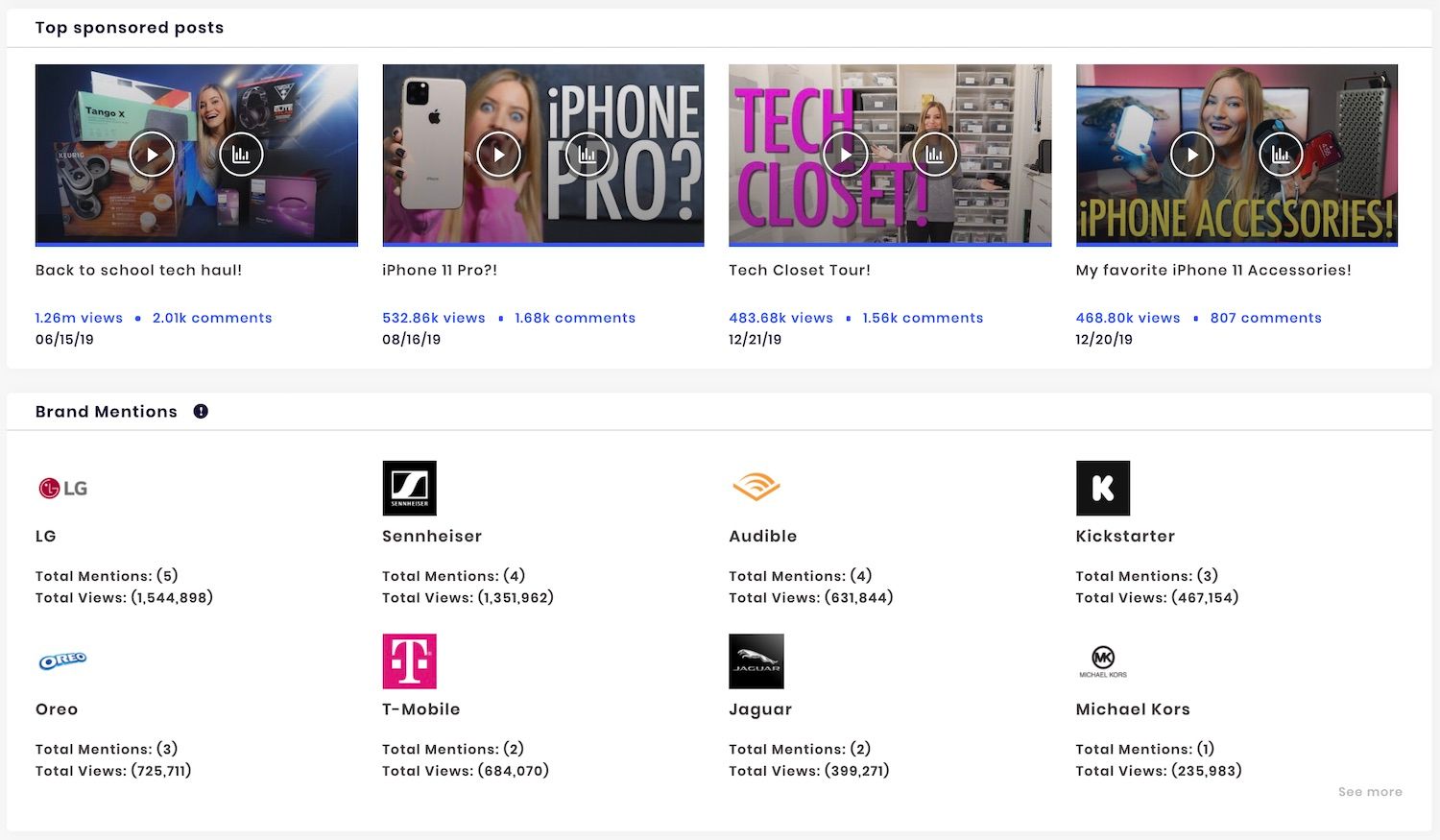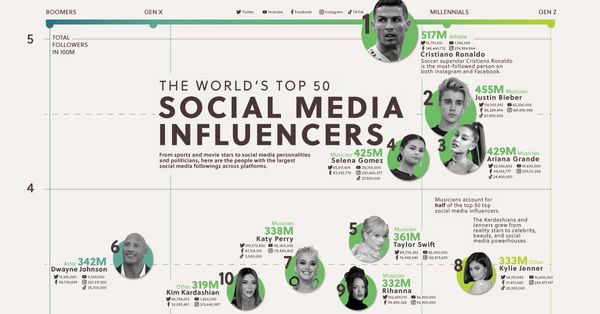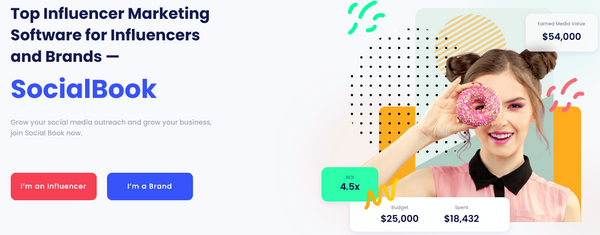A new trend is taking over the world of marketing, and this one you don't want to miss. A few years ago, China surfaced a different category for people of influence that affects both traditional media channels and social media. That name is Key Opinion Leader – KOL. They are called "wanghong" in Chinese. You might ask yourself, isn't that the same as influencers, but it's not. While the misunderstanding is quite common, KOLs and influencers differ.
With KOLs being more and more present in the brand promotions, you must be at least a little bit curious about what this is. How can they contribute to your brand's marketing? What makes them different than influencers? Can they make a noticeable change if you include them in a campaign? To help you figure out all the vital questions about KOLs, in the following lines, you can find information that can clear all your doubts.
What Are KOLs (Key Opinion Leaders)?

KOL stands for Key Opinion Leaders. In a more traditional sense, the meaning or definition of KOL (Key Opinion Leader) is an expert who has high knowledge on a specific subject. The modern KOLs possess the same expertise but their engagement with the audience is consistent and regular.
KOLs are perceived as trustworthy and authoritative individuals in their field of expertise. Their target audience is specifically defined due to their ability to talk elaborately and knowledgeably on the subject. They can be professors, doctors, columnists, beauty experts, designers, cooks, and many more.
The ability to connect with their audience and share relevant messages is one of the main characteristics of KOLs. For that reason, they are relevant in all media channels – traditional and social media. When the press is in need of knowledgeable insight or a quote from an expert, they will turn to a KOL.
With KOLS one is certain – they have built their reputation based on their knowledge and expertise and that’s what they are respected for.
The reason why KOLs have attracted the attention of marketers is that they help brands build trustworthy and targeted campaigns. Brands rely on KOLs not just to build brand awareness but also to increase their credibility. They achieve this by collaborating with a reputable person in their niche.
KOL, A Synonym to Influencer
You know how some say that anyone with a pretty face and a good camera can be an influencer nowadays? Well, no one can say that about KOLs.
Key Opinion Leader, aka KOL, is a synonym to influencer, but they do not have exactly the same meaning or definition.
The key difference between KOLs and influencers is that KOLs are followed and respected because they are experts in their field and successful in their careers. On the other hand, influencers can have an army of followers just based on attractive and interesting content they post on social media.
Influencers' reach is limited to social media. That is, they thrive on Instagram, YouTube, TikTok, and similar social media platforms. On the other hand, KOLs opinions can be validated and asked about at conferences, in the press, in relevant articles, and similar.
The content they create and provide is also different. Publishing visually appealing content is the preoccupation of influencers. They follow trends in video content, engage in challenges, and can attract a variety of audiences. Their followers usually can't be placed in a specific target group as they attract people with visual content rather than specific subject matter.
Content creation in the community of KOLs is directed towards spreading relevant information in their niche. KOLs focus on delivering great content that is attractive, engaging, and informative. Take Ariana Huffington as an example. She is the founder of The Huffington Post and Thrive Global, as well as an established author. Her Twitter account has 2.9 million followers and she uses this platform to share advice and helpful information.
As this uncertain time continues, it's so important to meaningfully listen to our loved ones and their concerns. https://t.co/chrOrznA2x
— Arianna Huffington (@ariannahuff) April 14, 2020
Another big difference between the two is their work habits and occupations. Influencer's job is to dedicate their time to the online community. That is, influencers' full-time job is to record videos for YouTube, post content on social media, and sometimes blog. KOLs can do all of those things, however, their primary occupation is their career. They specialize in a certain field and use social media for the purpose of spreading relevant messages and key insights.
Working with influencers gives brands access to their follower base while working with KOLs helps brands to add to their credibility. KOL's value isn't measured by the count of followers. They are valued for their experience.
The point where KOLs and influencers meet is when KOLs become largely followed and praised on social media. They can be experts, but they can also have a massive following base. KOLs can be influencers when they show interest in building their online presence by actively engaging with their followers.
For example, no one can argue that Stephen King is a Key Opinion Leader among the writers, or more specifically in horror writing. Aside from being a praised author, he made a contribution to the community of aspiring writers with his book "On Writing: A Memoir of the Craft.” So, is that it? Is Stephen King just a KOL? No, this famous author is also an influencer. The proof of that is his 5.8 million followers on Twitter with whom he regularly shares his insights and thoughts.
Another KOL that fits into the influencer category is Gordon Ramsay. The cooking expert and TV personality has 7.3 million followers on Twitter as well as 8.5 million followers on Instagram, who are one of the top influencers in the category. He regularly posts on his social media accounts and shares his cooking tips with his followers.
Justine Ezarik, aka iJustine, also shows that Key Opinion Leaders can be active influencers. Before her days of fame, Justine was a tech prodigy as she built her first website when she was just 12 years old. She has used her expertise in technology to build an online presence and become a renowned YouTube personality. She currently has 6.36 million subscribers on YouTube. Her videos are primarily concerned with tech gadgets but she also includes cooking videos, travel experience, gaming info, and a variety of other content.
According to the channel analytics of iJustine's YouTube, the average engagement rate of her channel is 7%. Some of the top brands mentioned in her video include: LG, Sennheiser, T-Mobile and Michael Kors.

As you can tell, KOLs can become influencers and that is where the two notions overlap. With willpower and dedication to share their influence online, KOLs can be very attractive to brands who are searching for credible individuals for their promotions.
When to Use KOLs: Top 4 Benefits of KOL Marketing
KOLs can without a doubt change your marketing game and take it to another level. They can benefit your brand in numerous ways. Here are a few main aspects in which KOL marketing can help you grow your brand.
1. Authentic and genuine campaign
KOLs wouldn’t be known as respected experts if they recommend products and services just for the sake of profit. Remember that they have established careers in their niche. They won’t risk their reputation by promoting something they don’t believe in. Their followers know that and keep up with their content for that reason as well. Working with a KOL means that they will create honest and authentic content about your products. If they agree to collaborate with you it means that they support what you do. That trust in your brand will be reflected in their campaign.
2. Boost your brand's reputation
When an expert recommends your products that can improve your reputation better than ten influencers. Add a good amount of followers to that expert's social media account and you've got yourself the perfect mix of popularity and expertise. The audience will trust in your brand more when a person whom they respect recommends a specific brand.
3. Targeted niche audience
People who follow the Key Opinion Leader's content publications are truly interested in what they do. Consequently, their target audience is specific and niche-oriented. Brands that work with KOLs will have access to that targeted niche audience. For example, if you are a beauty brand you should aim at collaboration with beauty experts (in the true sense of the word). Their audience is no other than people who are honestly interested in beauty products. Partnership with KOLs in your niche means that you will directly share your message with your target audience. Mediakix’s survey showed that 71% of marketers agree that the quality of traffic and consumers from KOL marketing is better than other marketing sources.
4. Forget about fake followers
A common problem with influencers is fake followers. In the pursuit of a larger follower base and attracting brand collaboration, influencers buy followers. That means that people who follow them aren't interested in their content at all. They only exist in their following list for the sake of increasing their number of followers. The illusion that they are more popular than they actually are, can hurt the brand's campaign as they won't advertise their products to the right or "real" audience. With KOLs you don't have to worry about that. They have no interest in having fake followers. Their aim is on their work and sharing their knowledge. Collaboration with KOLs means that every follower who keeps up with KOLs content will take a real interest in what they have to say.
The best way to illustrate the advantages of KOL marketing is through an example. For that reason, let’s reflect on Tencent’s KOL marketing campaign. Tencent is a Chinese conglomerate that has companies in the news, gaming, social, video, financial, and sports services. For their “Next Idea” campaign they teamed up with Stephen Hawking, the world-famous contemporary physicist and Karry Wang, Chinese pop singer. The combination of the two seemingly unrelated figures is strategic. Hawking adds undisputable expertise to the campaign while Karry brings the attention of China's youth who were the company's target audience.
The campaign included a video in which Karry Wang asked Stephen Hawking about the future of humanity. The video was shared on Wang’s Weibo account (Chinese version of Twitter). The same day that video was published, it was the number one trending video on Weibo. It had almost 30 million views, 49,000 comments, over 500,000 likes, and 2 million shares. “Next Idea” campaign received an incredible increase in followers – from 20,000 to over 52,000 in a single day.
How to Find KOLs (Key Opinion Leaders)?
By now, you have probably come to a realization of how beneficial can KOL marketing be. The next question that will pop into your mind is "How can I find these extraordinary individuals?" You might put some more effort than you would when searching for influencers but it will be worth it.
Here are a few suggestions that will help you pinpoint the best KOL for your KOL marketing campaign:
- Do a search based on popular industry and niche hashtags on social media
- Do a search based on relevant keywords on YouTube
- Follow platforms that support industry experts (TED Talks for example)
- Use tools for finding digital influencers and key opinion leaders in your field (such as SocialBook)
- Keep up with industry news to learn about experts in your field
- Read blogs about industry leaders
- Listen to podcasts that feature industry leaders to find out whether their beliefs and values match your brand’s message
- Look into relevant LinkedIn groups
- Attend events in your industry (the speakers are often KOLs)
Final Thoughts
This brings us to the end of the story about KOL marketing. Considering that people are getting tired of irrelevant recommendations by influencers, KOLs marketing’s value is rapidly increasing. Audience searches for honesty, credible sources, and trusted people to make suggestions. That’s what they can find in KOLs. With KOL marketing, you can present your brand as trustworthy and build your reputation through the opinions of niche experts.








